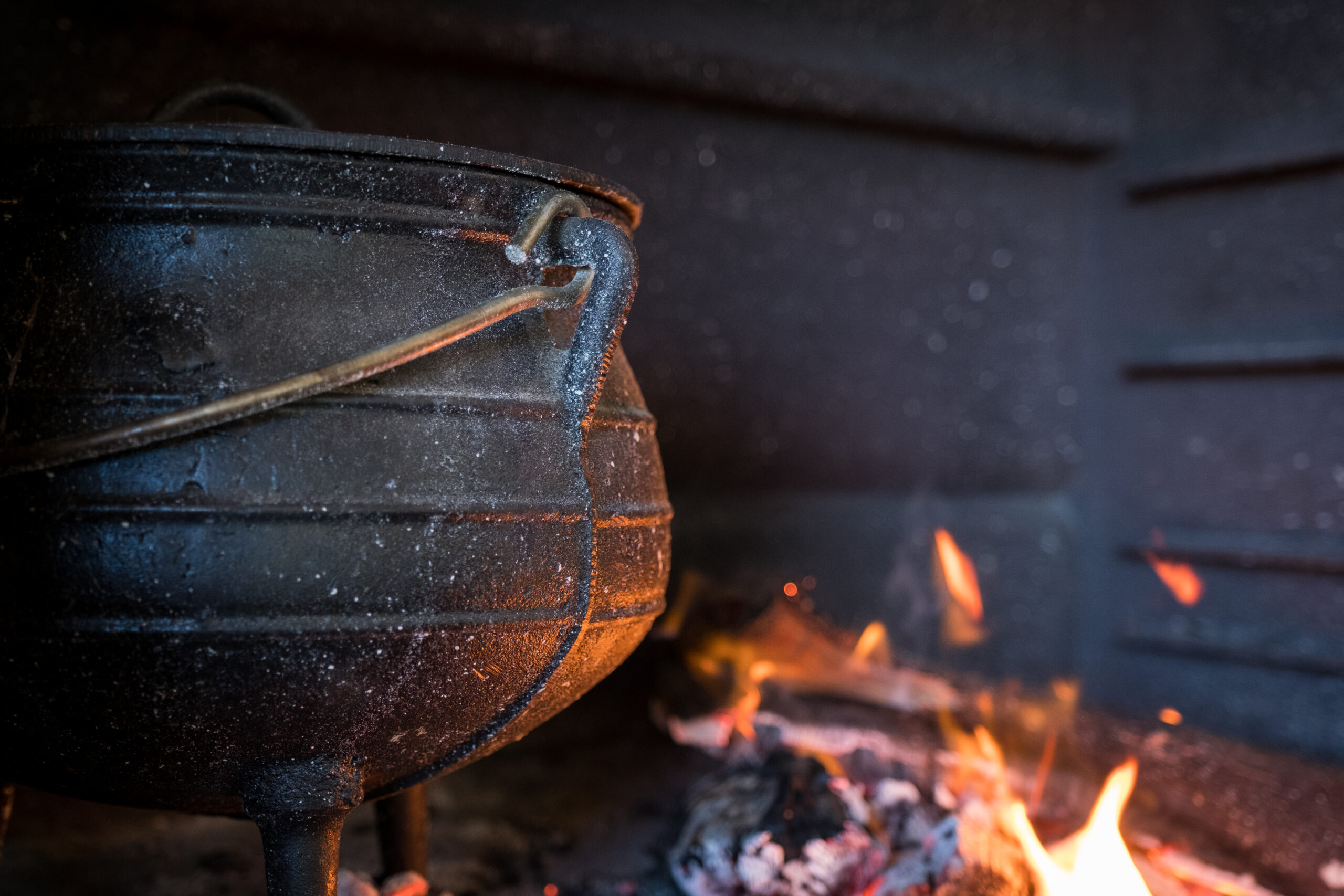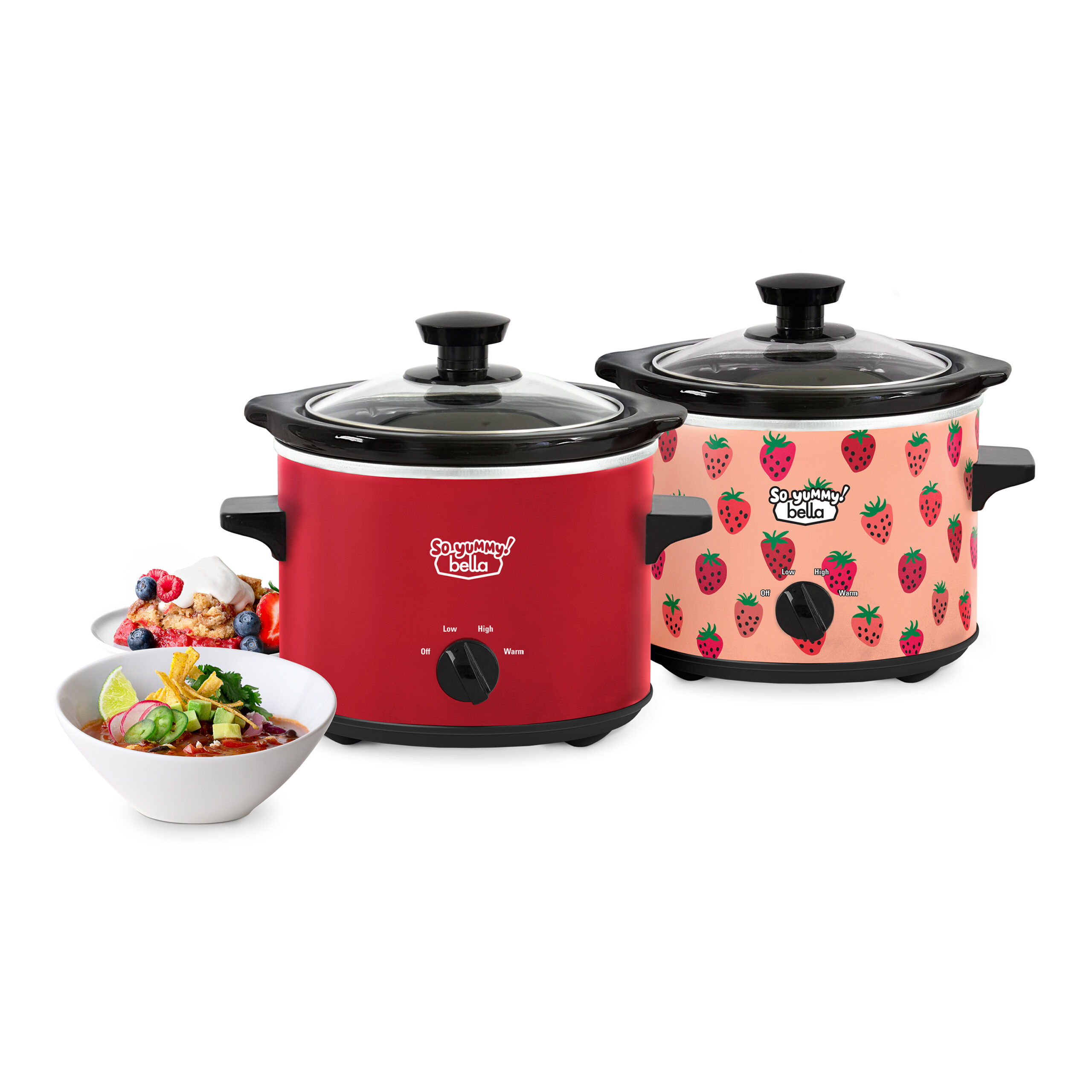History of Slow Cooking
Before we dive into how slow cookers work, let’s take a brief look at their history. Slow cooking can be traced all the way back to ancient times, when people used clay pots and earthenware vessels to cook their food slowly over open fires. This method allowed them to make flavorful meals, despite their limited resources.
While people have been slow cooking since forever, the modern, electric slow cooker wasn’t introduced until the 1970s. Its invention completely revolutionized home cooking, providing a convenient and safe way to slow cook meals. Slow cookers have continued to evolve over the years. Programmable timers, digital displays, and various sizes have been developed to cater to different cooking needs. They’ve since become a kitchen staple, offering busy individuals and families an easy way to prepare delicious meals with minimal effort.
The Science Behind Slow Cooking: Exploring How Slow Cookers Work
At the core of a slow cooker is a heating element located at the bottom. This element emits heat, which is transferred to the ceramic or metal cooking vessel. The lid traps the heat, creating a sealed environment that prevents moisture from escaping. The slow cooker’s thermostat controls the temperature, maintaining it at a constant level throughout the cooking process. The low and slow cooking method allows enzymes in the food to break down complex proteins, tenderizing usually tough cuts of meat and intensifying flavors.
Understanding Heat Transfer in Slow Cooking
Conduction in Slow Cooking
Conduction is the transfer of heat through direct contact between two objects. In the case of slow cooking, it refers to the heat transfer from the cooker to the food. The slow cooker’s heating element, typically located at the bottom or sides of the appliance, conducts heat to the ceramic or metal cooking pot.
The pot then transfers the heat to the food, cooking it gradually and evenly. This slow and steady transfer of heat allows the ingredients to cook thoroughly and develop rich flavors. The low temperature of the slow cooker prevents the food from boiling or burning, resulting in tender and succulent dishes.
Convection in Slow Cooking
In addition to conduction, slow cookers also utilize convection to cook food. Convection is the transfer of heat through the movement of a fluid, such as air or liquid. Slow cookers have a tightly sealed lid that traps the heat and moisture inside, creating a convection current.
As the food cooks, the heat from the pot rises, creating a warm air pocket under the lid. This warm air circulates around the ingredients, transferring heat and evenly cooking the food. The trapped moisture also contributes to the convection process, keeping the food moist and preventing it from drying out.
The Role of Moisture in Slow Cooking: Understanding How Slow Cookers Work
Importance of Moisture in Slow Cooking
Moisture plays a crucial role in the slow cooking process — it helps to tenderize the meat, infuse flavors, and prevent the food from drying out. Slow cookers work by trapping steam and moisture within the pot, creating a moist cooking environment. This moist heat helps to break down tough fibers in meat. The moisture also helps to evenly distribute flavors throughout the dish.
Methods to Retain Moisture in Slow Cooking
It’s important to choose cuts of meat that have some fat marbling, as this will add moisture and flavor to the dish. Adding liquid ingredients such as broth, wine, or tomato sauce will also contribute to moisture retention. Another technique is to layer the ingredients properly, placing the meat at the bottom and the vegetables on top. This arrangement allows the meat to cook in its own juices and prevents the vegetables from becoming too soggy.
The Chemical Reactions in Slow Cooking
Maillard Reaction in Slow Cooking
The Maillard reaction is a chemical reaction that occurs when proteins and sugars are exposed to heat. It is responsible for the browning and development of complex flavors in various foods, including those cooked in slow cookers. In slow cookers, the Maillard reaction takes place slowly and consistently over an extended period. As the temperature rises, the proteins in the food undergo a series of complex chemical reactions with the sugars present. This reaction produces a range of flavorful compounds, such as caramelization, which adds depth and richness to the meal’s taste.
Collagen Breakdown in Slow Cooking
Collagen is a protein found in connective tissues, such as tendons and ligaments, which can be tough and chewy if not properly cooked. The long, slow cooking process of slow cookers helps to denature the collagen in the meat. As the temperature rises, the collagen fibers begin to unravel and break down into gelatin, resulting in meat that is tender and easy to eat.
Tips and Techniques for Successful Slow Cooking: How Slow Cookers Work
Slow Cooking Equipment and Accessories to Enhance Results
To further enhance your slow cooking experience, there are various equipment and accessories available that can help you achieve even better results. One essential accessory is a programmable slow cooker, which allows you to set the cooking time and temperature precisely. This ensures that your meals are cooked to perfection without any risk of overcooking or undercooking.
For those looking to take their slow cooking to the next level, consider investing in a meat thermometer. This handy tool allows you to monitor the internal temperature of the meat, ensuring that it reaches the desired doneness without having to open the slow cooker and release heat.




